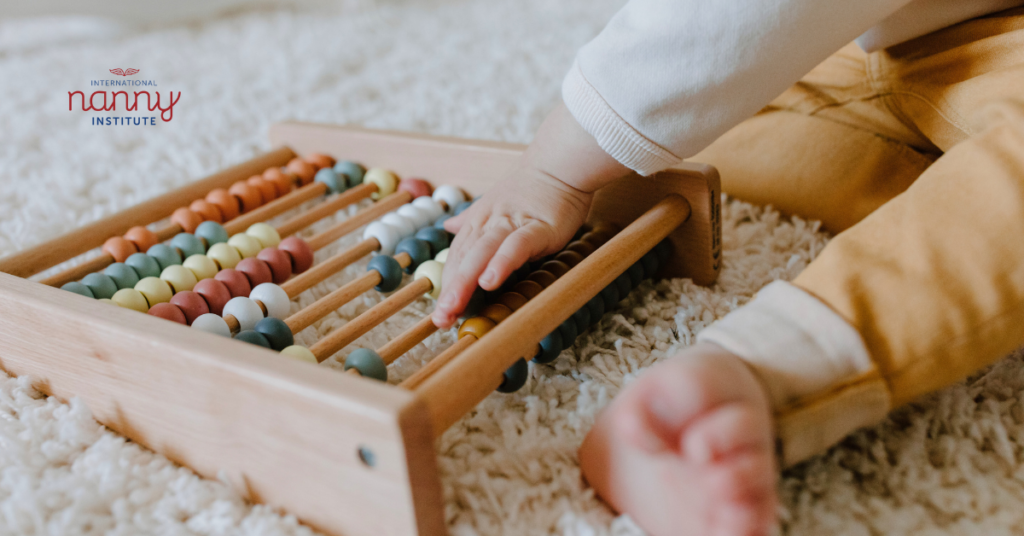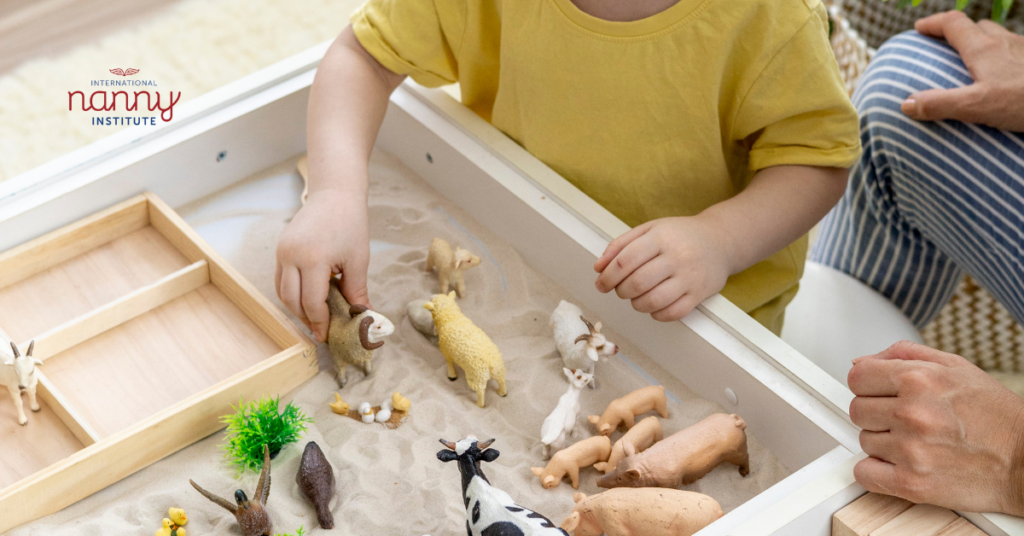Sensory Integration Techniques for Children with Sensory Processing Disorders
For children with sensory processing disorders, everyday experiences can become overwhelming and challenging. Sensory integration techniques play a vital role in helping these children navigate their environment and develop appropriate responses to sensory stimuli. In this blog post, we will explore the significance of sensory integration and provide practical techniques that caregivers can implement to support children with sensory processing disorders.

Understanding Sensory Processing Disorders
Before delving into sensory integration techniques, it is crucial to understand sensory processing disorders. These conditions affect how the nervous system receives and responds to sensory input, causing difficulties in regulating and organising sensory information. Children with sensory processing disorders may experience hypersensitivity (over-responsiveness) or hyposensitivity (under-responsiveness) to sensory stimuli. By recognising and understanding these challenges, caregivers can implement effective sensory integration techniques.
Sensory Diets
Sensory diets involve providing specific sensory experiences throughout the day to help children regulate their sensory system. These experiences can include activities that target various sensory modalities, such as tactile, auditory, visual, proprioceptive, and vestibular input. By incorporating a well-designed sensory diet, caregivers can help children achieve an optimal state of arousal and enhance their ability to engage and learn.

Deep Pressure and Compression
Deep pressure and compression techniques can have a calming effect on children with sensory processing disorders. Activities such as weighted blankets, body wraps, or deep-pressure massages can provide a comforting and grounding sensory experience. These techniques can help children regulate their sensory responses and reduce anxiety or sensory overload.
Sensory-Friendly Environments
Creating sensory-friendly environments is essential for children with sensory processing disorders. Minimising sensory distractions, providing predictable routines, and organising spaces to reduce clutter can create a calming and structured atmosphere. Caregivers can also incorporate sensory-friendly elements such as soft lighting, sound machines, or designated sensory corners.
Sensory Play
Sensory play is an effective way to engage children with sensory processing disorders while helping them explore and regulate their senses. Activities such as sand or water play, finger painting, or playing with textured materials can provide valuable sensory experiences. These activities stimulate different senses, promote sensory integration, and support the development of fine motor skills.

Enrolling in Caring for Children with Special Needs is an opportunity to gain a deeper understanding of sensory integration techniques and their profound impact on children with sensory processing disorders. By enrolling in this course, you will acquire specialised knowledge, practical strategies, and hands-on experience to create supportive and inclusive environments for these remarkable children. You will learn how to implement sensory integration techniques effectively, develop sensory diets, create sensory-friendly spaces, and facilitate sensory play experiences. Enrol today and embark on a journey that will empower you to make a lasting difference in the lives of children with sensory processing disorders. Together, let us create a world where every child can thrive and reach their full potential.









